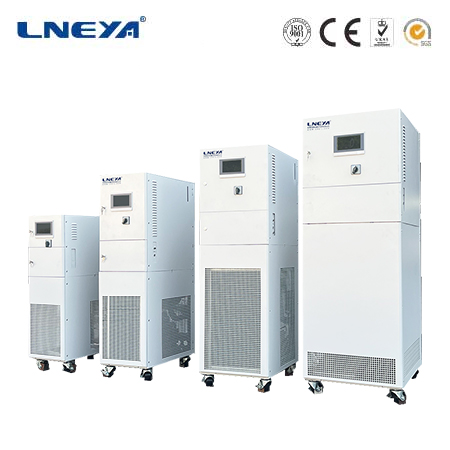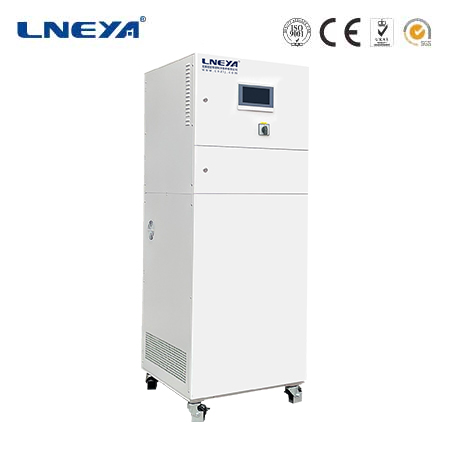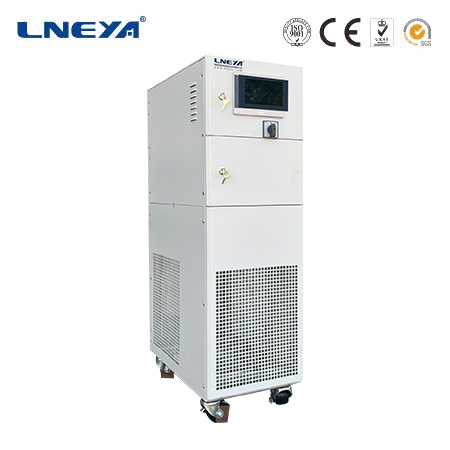chilling unit operation
Chilling Unit Operation: Understanding the Basics and Beyond
Chilling units play a critical role in a wide range of cooling applications, from food processing to industrial processes. These units are designed to remove heat from a space or substance, maintaining desired temperatures for optimal conditions. This article explores the operation of chilling units, discussing the underlying principles, components, performance factors, and the importance of energy efficiency and sustainability.

Fundamental Principles of Chilling Unit Operation
Chilling units operate based on the refrigeration cycle, which includes the following key processes:
Compression: The refrigerant is compressed, increasing its temperature and pressure.
Condensation: The hot refrigerant releases heat to the surroundings, typically through a heat exchanger or a cooling tower.
Expansion: The refrigerant passes through an expansion valve, reducing its pressure and temperature.
Evaporation: The cold refrigerant absorbs heat from the substance or space being cooled, returning to the compressor to repeat the cycle.
Key Components of a Chilling Unit
Compressor: The compressor is the workhorse of the chilling unit, responsible for compressing the refrigerant and driving the cycle.

Condenser: It serves as the heat rejection component, dissipating heat from the refrigerant to the environment.
Evaporator: This is where the refrigerant absorbs heat from the substance or space being cooled.
Expansion Valve: It controls the flow of refrigerant into the evaporator, ensuring optimal cooling.
Performance Factors
The performance of a chilling unit is influenced by several factors:
Load Calculation: Accurate load calculation is essential for selecting the appropriately sized chilling unit to meet the cooling demand.
Maintenance: Regular maintenance, including cleaning and inspecting components, ensures the unit operates efficiently and reliably.
System Integration: The integration of the chilling unit with other system components, such as pumps and controls, affects overall performance.
Energy Efficiency in Chilling Unit Operations
Energy efficiency is a critical aspect of chilling unit operation, as it directly impacts operational costs and environmental impact:

High COP: Chilling units with a high coefficient of performance (COP) are more energy-efficient, converting more energy into cooling power.
Variable Speed Drives: Implementing variable speed drives on compressors and pumps can optimize energy use by adjusting speeds based on demand.
Regular Maintenance: Proper maintenance practices help maintain efficiency and prevent energy waste.
Sustainability and Chilling Unit Operations
The operation of chilling units has a significant impact on sustainability due to energy consumption and refrigerant choices:
Energy-Efficient Practices: Adopting energy-efficient practices and technologies reduces the environmental footprint of chilling units.
Refrigerant Selection: Choosing environmentally friendly refrigerants with low global warming potential (GWP) contributes to sustainability.
Conclusion
Understanding the operation of chilling units is essential for optimizing their performance, ensuring energy efficiency, and promoting sustainability. By considering the fundamental principles, key components, and performance factors, operators can effectively maintain and operate chilling units. Embracing energy-efficient practices and sustainable refrigerant choices further enhances the environmental performance of chilling units in various applications.
Related recommendations
ac glycol chiller
431All about AC Glycol ChillersAC glycol chillers are a specialized type of chiller system that uses a mixture of glycol and water as the heat - transfer fluid. This combination offers distinct advan...
View detailsheating equipment in laboratory
347Heating Equipment in LaboratoryTemperature control is of utmost importance in laboratory settings as it can significantly influence the outcome of experiments. Heating equipment in laboratories co...
View detailswater cooled package unit
429Water-Cooled Package Unit: Efficient and Compact HVAC Solution Water-cooled package units are a type of HVAC equipment that provides cooling through a water-cooled condenser, offering an effici...
View detailscooling & heating
249I. IntroductionCooling and heating are two processes that play a pivotal role in our daily lives. They are not only crucial for maintaining comfortable living and working conditions but also esse...
View details
 LNEYA Thermal Test Chillers
LNEYA Thermal Test Chillers






HelloPlease log in